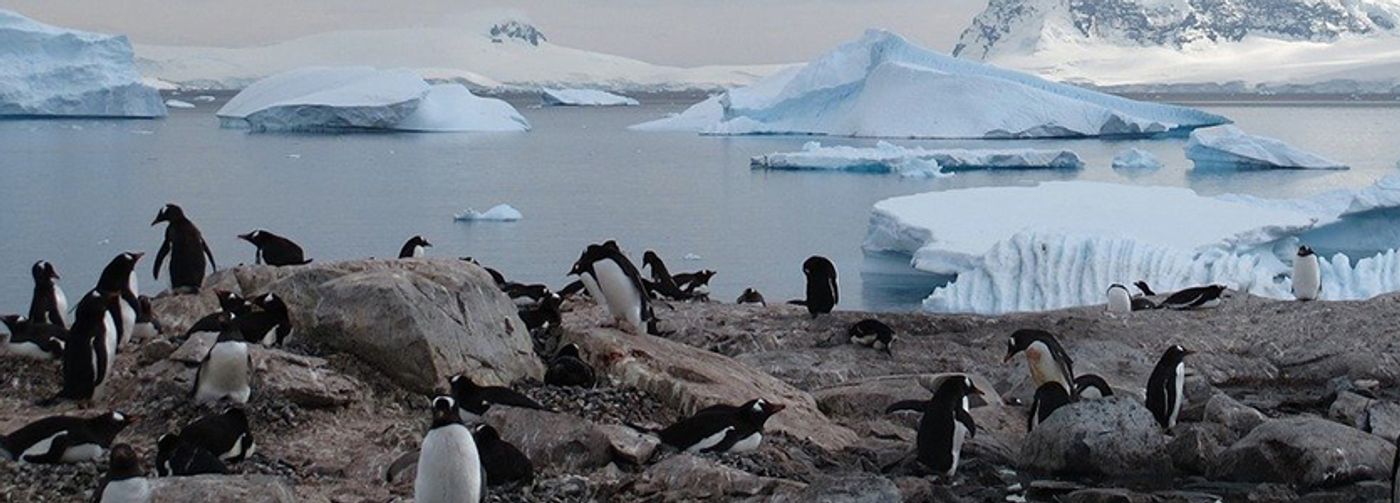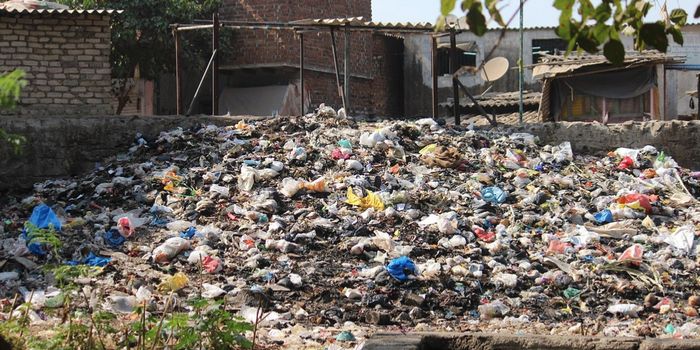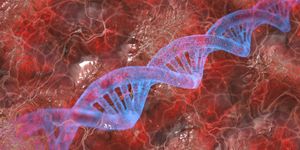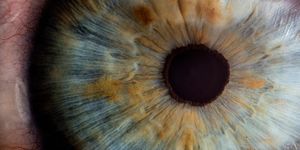"Green Snow" Expected to Increase in Antarctica
When Antarctica comes to mind, the imagery probably includes a vast, frozen, and barren landscape. However, red and green algal blooms within the snowscape were first spotted in the 1950s during expeditions. It’s reported that the green blooms are vibrant enough to be seen from space.
From 2018 to 2019, a team of researchers studied green algal blooms on the Antarctic Peninsula. The group included researchers from the University of Cambridge and the British Antarctic Survey, with support from the Chilean Antarctic Institute. Using imagery from the European Space Agency’s Sentinel 2 satellite and data from two summers of on the ground observations, they created the first large scale map of microscopic algae blooms across the peninsula. This research is vital to understanding how algae blooms will change with the climate and how the algae impact nearby ecosystems.
According to the study, only 0.18% of the Antarctic continent has ice-free ground. The Antarctic Peninsula, which is considered one of the more densely vegetated areas, has only 1.34% of the exposed land covered in vegetation. An article from the University of Cambridge states that the green algae blooms grow in areas where the average temperatures are slightly above zero degrees Celsius during Antarctic summer (November to February).
The algal blooms are important primary producers, and through photosynthesis they influence carbon and nutrient cycles in both terrestrial and marine ecosystems. In the video, the research team states that this mapping project created a baseline to monitor how the algae blooms across the Antarctic peninsula might change over time.
The results of this study were published in Nature Communications last week. The research team identified 1,679 individual blooms of green algae, covering a total of 1.9 square kilometers. According to the study, green snow is likely to spread as temperatures rise. The study reports that Antarctic Peninsula temperatures have already risen 1.5 degrees Celsius since pre-industrial times. As the temperature rises as predicted, the study estimates that the available area for all plants might increase three times. It is vital to know how the snow algae fit into this equation.
Additionally, the study reports that the distribution of green algae is tied to the locations of marine birds and mammals. Their excrement acts as a natural fertilizer, allowing algal blooms to flourish. According to the study, more than 60% of the blooms were within five kilometers of a penguin colony.
The research team plans to create similar maps of orange and red algae blooms across the Antarctic Peninsula, followed by an assessment of algae blooms across all of the continent.
Sources: Nature Communications, University of Cambridge









